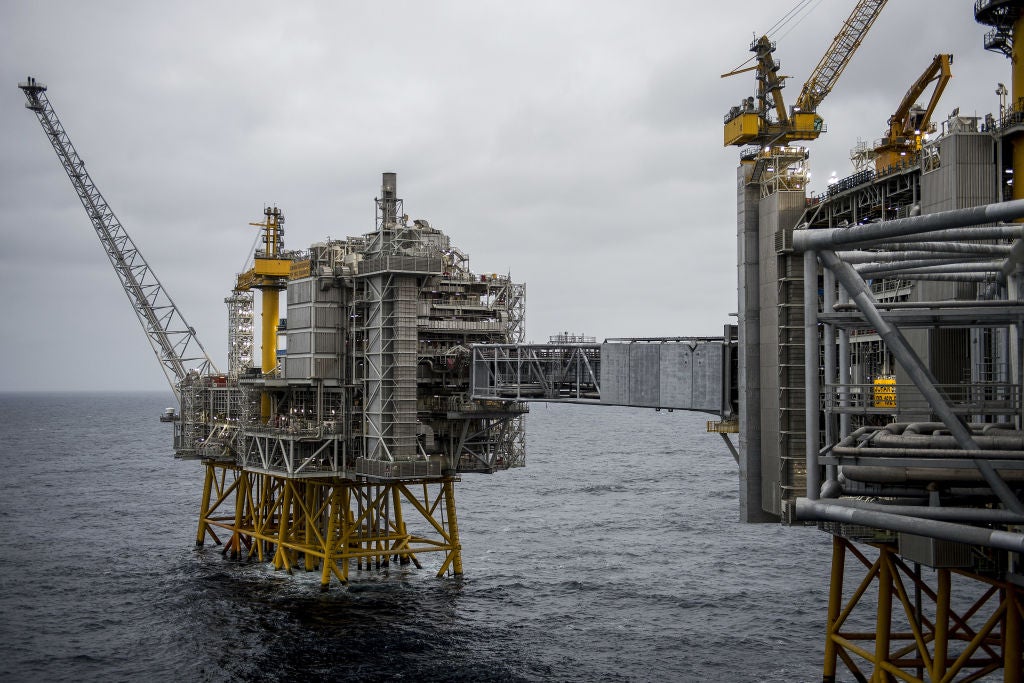The global energy supply crisis has been kind to Norway. With the EU scrambling to source alternative energy sources after Vladimir Putin began limiting pipeline gas exports, the bloc’s Nordic neighbour has been raking it in. Norway’s Equinor has supplanted Russia’s Gazprom as Europe’s biggest supplier of natural gas. The Norwegian government now expects the oil and gas industry to deliver a massive net cash flow of NKr1.17trn ($119bn) in 2022 and NKr1.38trn in 2023. The equivalent figure for 2021 was NKr288bn.

The decline of Norwegian oil output since the turn of the 21st century meant it was Norwegian gas – rather than oil – that tended to be thought of as the country’s energy cash cow. However, the 2010 discovery of the Johan Sverdrup field – the country’s third-biggest-ever oil find, and the largest in 40 years – has changed that.

Discover B2B Marketing That Performs
Combine business intelligence and editorial excellence to reach engaged professionals across 36 leading media platforms.
The field contains 2.8 billion barrels of oil, making it by far the largest oil field by remaining reserves in Europe outside of Russia. Opened by Prime Minister Erna Solberg at the start of January 2020, the impact of the project was felt immediately, with Norwegian oil output growing by a massive 18% year on year in 2020. Output is expected to grow by a further 13% in 2023 as a result of the second phase of the development coming online in 2022.
During 2021, it was confirmed by Equinor – which operates the field – that the production facility's capacity is higher than previously assumed. The massive 131 million cubic metres (mcm) of oil equivalent it is now expected to produce next year will offer some additional respite to European governments attempting to diversify energy supplies away from Russia.
However, the economic success of the field comes with controversy surrounding Norway’s operations in the North Sea. Norway's government is emphasising its role in boosting energy security, saying after the oil production estimate for 2023 was announced that the country “must continue to be a stable and long-term supplier of oil and gas to Europe at a very demanding time”. Yet such a narrative cannot compensate for the fact that Norway’s North Sea strategy flies in the face of what is recommended by climate science.
The International Energy Agency’s 2050 net-zero pathway unequivocally stated that no new oil and gas fields should enter production if the world is serious about meeting its climate goals, but Norway has continued to explore and license new extraction, most controversially in the Arctic.

US Tariffs are shifting - will you react or anticipate?
Don’t let policy changes catch you off guard. Stay proactive with real-time data and expert analysis.
By GlobalDataAs a wealthy country of just five million inhabitants, Norway can afford to end oil and gas production in a way that many other countries cannot.
Growing political pressure over the country’s North Sea operations resulted in the government announcing in November 2022 it will not issue licences for energy companies to explore for new oil and gas during the life of the current parliament, which ends in 2025.
Equinor defends operations such as the Johan Sverdrup field by highlighting how the country's modern, electrified rigs produce less than 5% of the average global CO2 emissions released during extraction.
Yet critics argue that electrifying rigs is akin to “greenwashing” as most of the emissions come when the oil is burnt, not when it is produced. What is more, the extracted gas that would historically have powered the rigs is instead simply piped back to shore to be burnt elsewhere, meaning the same volume of carbon emissions is ultimately likely to be released.





